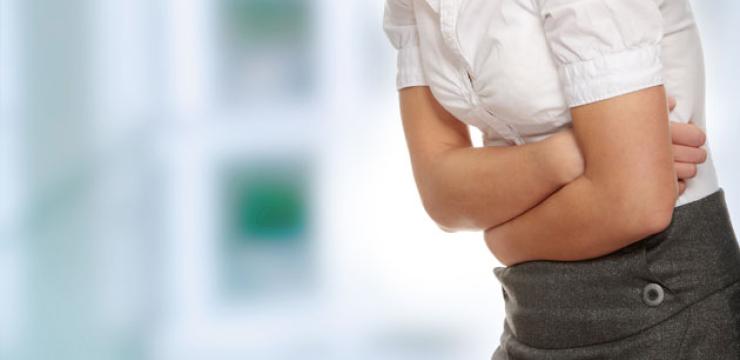
- Allergies
- Excerpt
In the stomach, histamine contributes to heartburn as the stomach responds to improper eating, and this is why antihistamines are often prescribed when antacids are of no avail. Histamine may also accelerate the heart rate and the contraction of smooth muscle tissue. What effect histamine has on which tissue depends on the specificity of cellular receptors of histamine. Briefly, there are two kinds of receptors, called H1 and H2 receptors, that make this difference. Medicines that antagonize histamine reception are divided into two categories: H1 and H2 antagonists. Depending on the health problem, either one of these antagonists is prescribed.
[…..]
OPCs have been found to inhibit this specific histamine-producing enzyme (HD), which initiates processes as diverse as increasing the permeability of the vascular wall and forming stomach ulcers. OPCs are remarkably antagonistic to histamine because OPCs directly restrain the production of histamine from histidine as well as indirectly restrain the release of histamine from the mast cells. Because OPCs interfere at such a basic level with the production and release of histamine, they cover the field of both the H1 and the H2 antagonists. Evidence of this anti-HD effect was furnished in 1967 by the German scientists H.J. Reimann, W. Lorenz, and their colleagues. In one of their studies, published in 1977, Reimann and his colleagues concluded: “Since histamine was suggested to be involved in the pathogenesis of stress ulcer disease, (+)-catechin, a rather specific inhibitor of histidine decarboxylase from rat stomach, was tested on immobilized rats. It prevented the formation of acute gastric lesions by 80 percent in seven series of experiments for half a year.”
[…..]
In other words, animal tests showed that, with their inflammation-inhibiting properties, catechins could prevent stomach ulcers and stomach hemorrhages by 80 percent! Admittedly, the test was done with catechins, but in Masquelier’s mind, there is no doubt that his products, which contain catechins and OPCs, are just as effective as the pure catechins. By the way, the catechins used in the German studies were never used in medicine or in nutrition because catechins in their pure form are unstable and slightly toxic to the liver. It is a rather curious phenomenon that catechins, when extracted together with OPCs as Masquelier’s complex compounds from Vitis vinifera and Pinus maritima, lose their toxicity and gain stability.
[…..]
In any case, to check his premises, Masquelier repeated Reimann and Lorenz’s experiments with OPCs and arrived at the following conclusion: under the influence of OPCs, the production of histamine was reduced by as much as 86 percent. This is a straightforward confirmation of the results obtained by Reimann and Lorenz. Please note that Reimann and Lorenz produced an increase of gastric acid secretion in a very simple but efficient way. They immobilized the test animals. This shows how the stress of immobilization gives rise to an increase in histamine production, which is a yet-unexposed aspect of the “economy class syndrome.” The theory is that immobilization during a long flight, the major part of which passengers are strapped to their seats, triggers a histaminic response that contributes to the deep vein thrombosis (DVT) problems discussed in newspapers lately. In that sense, OPCs’ antagonism toward histamine may be a welcome side effect for long-flight passengers.






